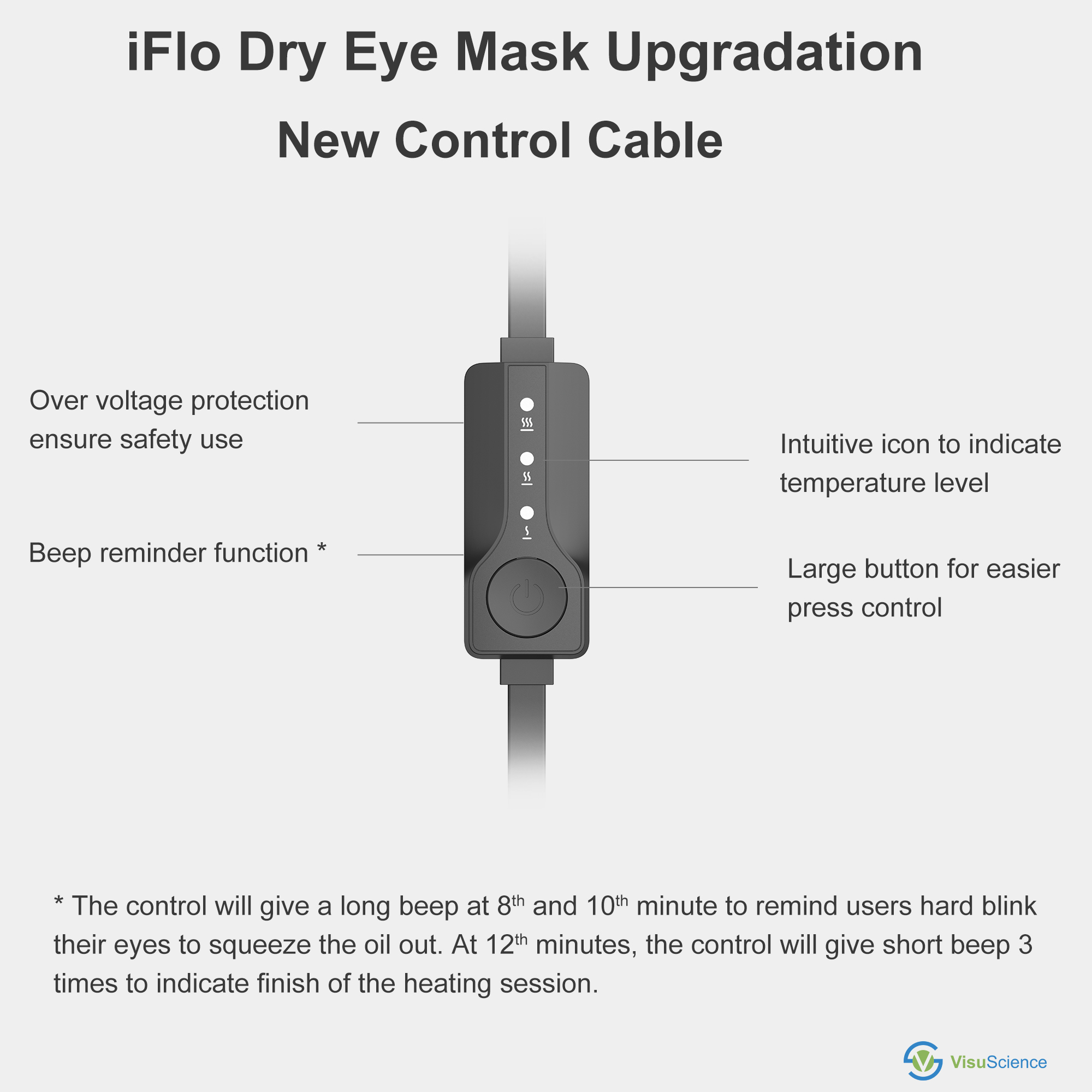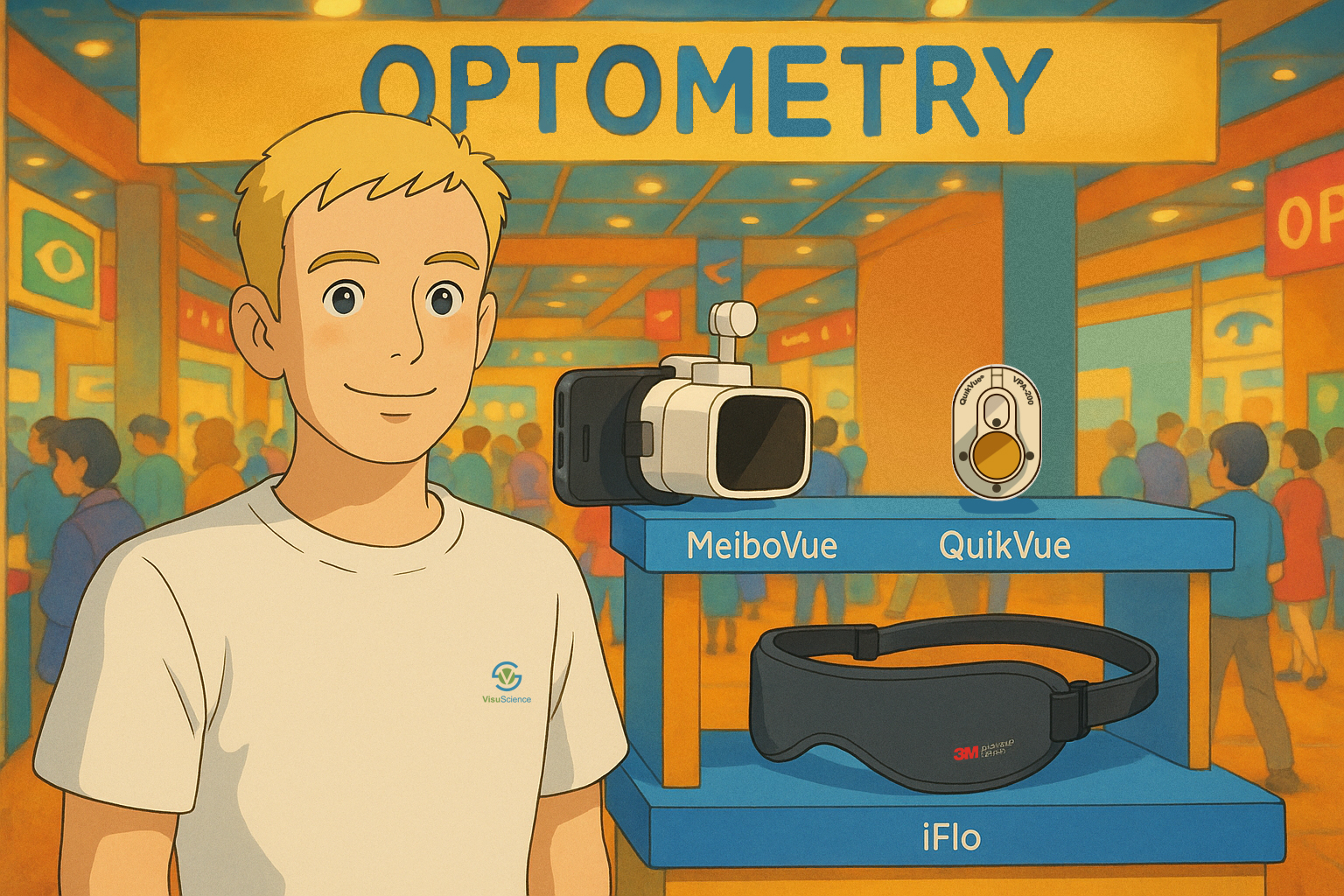How Independent Eye Care Practices Can Survive from Big Groups like Essilor-Optegra
With the recent acquisition of Optegra by Essilor, the landscape of eye care continues to shift toward consolidation. Large groups benefit from economies of scale, technology investments, and brand recognition—but independent practices still have powerful competitive advantages. Here’s how you can not only survive, but thrive:
1. Focus on Personalized Patient Experience
Large groups often struggle to deliver the same level of individualized care. Independent practices can:
Build strong, long-term patient relationships
Offer more time per consultation
Personalize follow-up care and recommendations
Tip: Leverage patient management systems to track preferences, birthdays, or previous concerns to offer a truly tailored experience.
2. Differentiate Through Niche Expertise
While large groups offer broad services, independents can stand out with specializations:
Dry eye clinics
Myopia control programs
Vision therapy
Premium eyewear styling
Tip: Highlight these services in local marketing and on your website to attract patients looking for something beyond the standard exam.
3. Invest in Community and Local Branding
You're part of the local fabric—use that to your advantage:
Support local events or schools
Partner with nearby businesses for promotions
Build a social media presence that reflects community involvement
Tip: Regularly share behind-the-scenes content, staff stories, and patient success stories to humanize your practice.
4. Embrace Technology and Efficiency
You don’t need the same budget as a conglomerate to modernize:
Use online booking, automated reminders, and paperless records
Upgrade diagnostic tools where possible to boost trust and results
Offer tele-optometry for follow-ups or minor consultations
Tip: Frame technology adoption around convenience and patient care quality—two areas where large groups may still lag.
5. Build Strategic Supplier Relationships
With groups like Essilor owning more of the supply chain, it’s critical to:
Diversify suppliers to avoid dependency
Consider private label lenses and frames
Negotiate volume discounts through buying groups or alliances
Tip: Join independent buying groups or co-ops that offer better pricing and access to competitive products.
6. Emphasize Transparency and Ethics
Patients are increasingly wary of corporate healthcare. Independents can win by:
Clearly communicating pricing and options
Avoiding hard sells
Putting patient needs ahead of profit
Tip: Use patient testimonials and reviews to reinforce your ethical, patient-first approach.
7. Collaborate, Don’t isolate
You’re not alone—join forces with other independents:
Share marketing costs
Cross-refer between specialties
Advocate for policies that support independent practice
Tip: Form local alliances to increase your voice and presence against bigger players.
Final Thought:
Independents win by being nimble, patient-centered, and deeply connected to their communities. While corporate consolidation like the Essilor-Optegra deal creates competitive pressure, it also creates opportunity—especially for practices that know their worth and focus on what big groups can’t easily replicate: trust, relationships, and authenticity.

At VisuScience, we’re not just a product manufacturer—we’re your partner in growth. For our product users, we offer a full suite of marketing support including social media graphics, patient education materials, demo videos, and customized content. Whether you're running local campaigns or building your brand online, we’re here to help you stand out and succeed.









